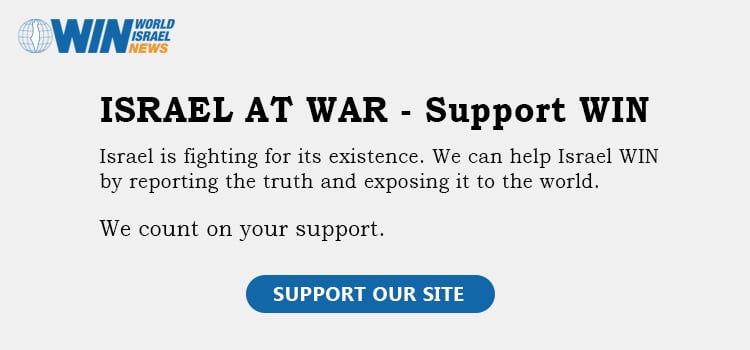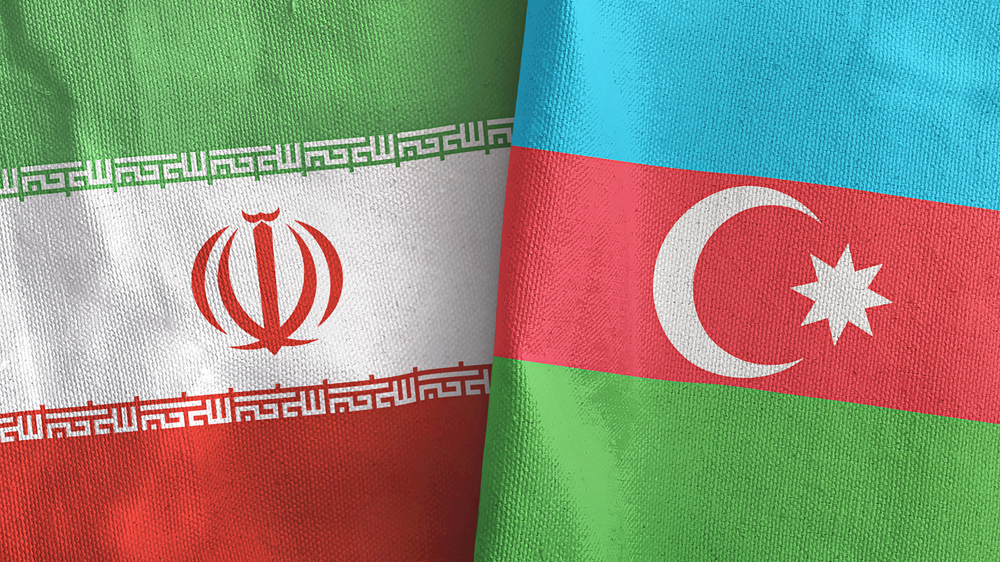ARTICLE AD BOX
‘Today, we are at the closest point ever to having a deal,’ Qatari Foreign Ministry spokesman Majed al-Ansari said at a weekly briefing Tuesday.
By The Associated Press
Hamas has accepted a draft agreement for a ceasefire in the Gaza Strip and the release of dozens of hostages, two officials involved in the talks said Tuesday. Mediator Qatar said the negotiations were at the “closest point” yet to sealing a deal.
The Associated Press obtained a copy of the proposed agreement, and an Egyptian official and a Hamas official confirmed its authenticity.
An Israeli official said progress has been made, but the details are being finalized. The plan would need to be submitted to the Israeli Cabinet for final approval.
All three officials spoke on condition of anonymity to discuss the closed-door talks.
The United States, Egypt and Qatar have spent the past year trying to mediate an end the 15-month war and secure the release of dozens of hostages captured in Hamas’ Oct. 7, 2023, attack that triggered it.
Some 100 Israelis are still captive inside Gaza, and the military believes at least a third them are dead.
Officials have expressed mounting optimism that they can conclude an agreement ahead of the Jan. 20 inauguration of U.S. President-elect Donald Trump, whose Mideast envoy has joined the negotiations.
Qatari Foreign Ministry spokesman Majed al-Ansari said at a weekly briefing Tuesday that the ongoing negotiations are positive and productive, while declining to get into the details of the sensitive talks.
“Today, we are at the closest point ever to having a deal,” he said.
Hamas, meanwhile, said in a statement that the ongoing negotiations had reached their “final stage.”
A three-phase agreement
The three-phase agreement — based on a framework laid out by U.S. President Joe Biden and endorsed by the U.N. Security Council — would begin with the gradual release of 33 hostages over a six-week period, including women, children, older adults and wounded civilians in exchange for potentially hundreds of Palestinian women and children imprisoned by Israel.
Among the 33 would be five female Israeli soldiers, each of whom would be released in exchange for 50 Palestinian prisoners, including 30 convicted terrorists who are serving life sentences.
By the end of the first phase, all civilian captives — living or dead — will have been released.
During this first, 42-day phase, Israeli forces would withdraw from population centers, Palestinians would be allowed to start returning to their homes in northern Gaza and there would be a surge of humanitarian aid, with some 600 trucks entering each day.
Details of the second phase still must be negotiated during the first. Those details remain difficult to resolve — and the deal does not include written guarantees that the ceasefire will continue until a deal is reached.
That leaves the potential for Israel to resume its military campaign after the first phase ends.
The three mediators, however, have given Hamas verbal guarantees that negotiations will continue as planned and that they will press for a deal to implement the second and third phases before the end of the first, the Egyptian official said.
The deal would allow Israel throughout the first phase to remain in control of the Philadelphi Corridor, the band of territory along Gaza’s border with Egypt, which Hamas had initially demanded Israel withdraw from.
But Israel would pull out from the Netzarim Corridor, a belt across central Gaza where it had sought a mechanism for searching Palestinians for arms when they return to the territory’s north.
In the second phase, Hamas would release the remaining living captives, mainly male soldiers, in exchange for more prisoners and the “complete withdrawal” of Israeli forces from Gaza, according to the draft agreement.
But Hamas has said it will not free the remaining hostages without an end to the war and a complete Israeli withdrawal, while Israeli Prime Minister Benjamin Netanyahu has in the past vowed to resume fighting unless Hamas’s military and governing capabilities are eliminated.
Unless an alternative government for Gaza is worked out in those talks, it could leave Hamas in charge of the territory.
In a third phase, the bodies of remaining hostages would be returned in exchange for a three- to five-year reconstruction plan to be carried out in Gaza under international supervision.
Growing pressure ahead of Trump’s inauguration
Israel and Hamas have come under renewed pressure to halt the conflict in the lead-up to Trump’s inauguration next week. His Middle East envoy, Steve Witkoff, recently joined U.S., Egyptian and Qatari mediators in the Gulf country’s capital, Doha.
Trump said late Monday that a ceasefire was “very close.”
“I understand … there’s been a handshake and they are getting it finished — and maybe by the end of the week,” he told the American cable channel Newsmax.
Israel and its close ally the United States have blamed setbacks on Hamas.
Hamas-led terrorists killed around 1,200 people, mostly civilians, in the Oct. 7 attack and abducted another 250. Around half those hostages were freed during a brief ceasefire in November 2023.

 13 hours ago
4
13 hours ago
4








 English (US) ·
English (US) ·